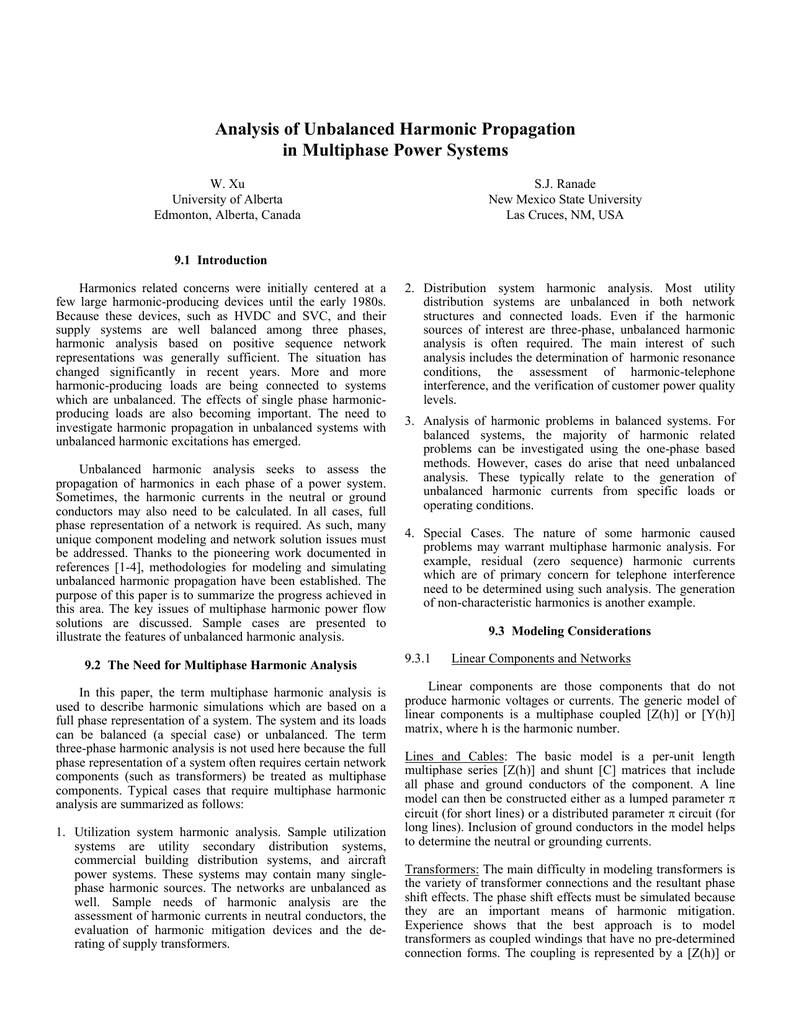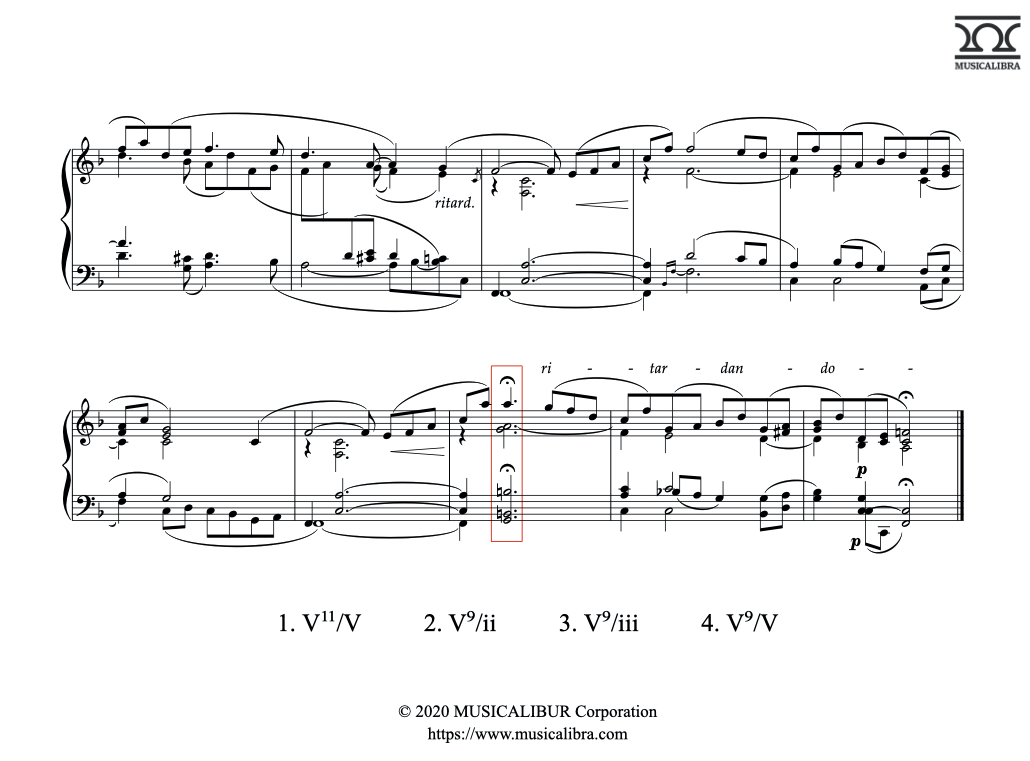

You can also have a double passing tone (D P.T.), because the weak beat is made up of A and B, A and B are the passing tones:Ĭhromatic passing tones (Chr P.T.): it doesn’t have to be according to the scale.

(In this image above the A is the passing tone) The important thing, however, is that passing tones are always on the weak beat (strong, medium and weak beats was discussed in music theory level 1). The D makes this transition (or journey) from C to E smooth, therefore it is called a passing tone it passes you forward to the next chord tone. Think of going from C to E (C-D-E), and you need to somehow get there. In other words it has totally changed the way I listen to and perceive music by learning this.Ī passing tone is basically like a bridge going from one note to another note, one-chord tone to another tone. Before I get there though, as I have studied non-harmonic tones I have started to recognize them I music, whilst listening to a piece by Chopin or when I listened to the radio.

There are many different types of non-chord tones and four different types of them will be discussed below. You can always find that a melody belongs to a certain chord this is an example of this. This way of looking at music is known as harmonic analysis, it a fancy word to describe the fact that you are analyzing the underlying chords that are behind the notes. The D is a non-harmonic tone, because it is not part of the C+ chord that C and E art part of C and E and chord tones, D is a non-chord tone. You can, however, see that the three tones C-D-E are written in 3/4 time. The three tones C-E-G are part of this chord. Further, this means that this will most likely be my last or second-to-last blog post about studying music theory.Īs you can see in the image above there is a C major chord (C+). Note: This is the last subject that is part of the music theory level 3, apart from additional musical vocabulary.


 0 kommentar(er)
0 kommentar(er)
